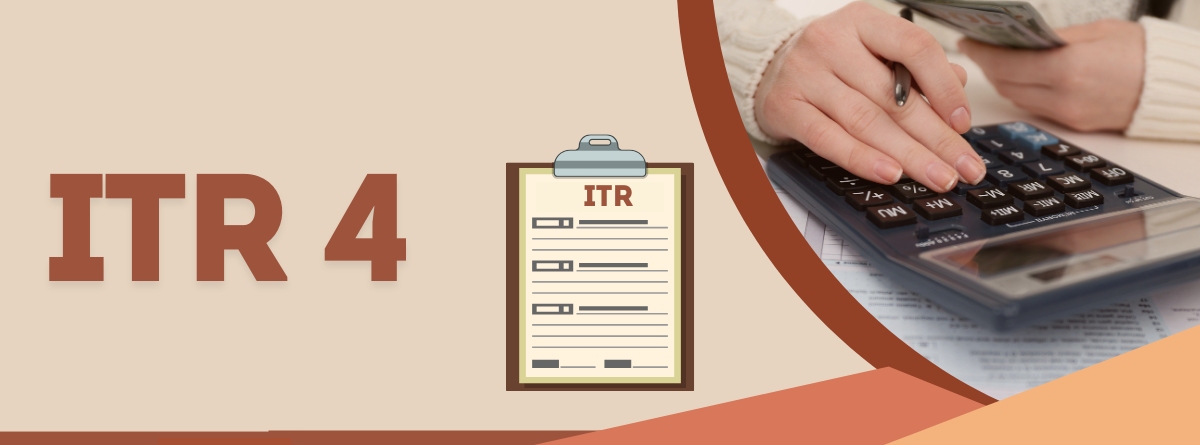Content
- What is the ITR-4 (Sugam)?
- Who Needs to File ITR-4?
- Who Are Not Eligible to File ITR-4?
- Structure of ITR-4
- How to File ITR Form 4 (Sugam) Online?
- Additional Tips
- Verification of ITR-4
- Significant Changes in ITR-4 Form for AY 2023-24 and AY 2024-25
- Conclusion
This comprehensive guide delves into the world of ITR-4, also known as Sugam. It's a simplified income tax return form designed for specific taxpayers in India. We'll explore everything you need to know about ITR-4, from who qualifies to use it to the intricacies of filing it electronically.
By the end of this guide, you'll gain a clear understanding of:
- What ITR-4 is and its benefits
- Who is eligible to file ITR-4
- Who cannot file ITR-4
- The structure of ITR-4
- How to file ITR-4 online
- Verifying your ITR-4 filing
- Significant changes (if any) in the ITR-4 form for recent assessment years
- Frequently Asked Questions (FAQs) about ITR-4
More Articles to Explore
- Difference between NSDL and CDSL
- Lowest brokerage charges in India for online trading
- How to find your demat account number using PAN card
- What are bonus shares and how do they work?
- How to transfer shares from one demat account to another?
- What is BO ID?
- Open demat account without a PAN card - a complete guide
- What are DP charges?
- What is DP ID in a demat account
- How to transfer money from demat account to bank account
Disclaimer: Investment in securities market are subject to market risks, read all the related documents carefully before investing. For detailed disclaimer please Click here.
Frequently Asked Questions
ITR-4 is specifically designed for taxpayers eligible for the presumptive taxation scheme. ITR-1 (Sahaj) is for resident individuals with income from salary, pension, one house property, and other sources (up to ₹5000). ITR-3 is for individuals and HUFs with income from business or profession (not under presumptive scheme), capital gains, and other sources.
No, there are no specific provisions within ITR-4 for senior citizens or individuals with disabilities. However, senior citizens above 75 years and individuals with disabilities with income up to ₹5 lakh might be exempt from filing income tax returns altogether, depending on their income sources and deductions.
It's highly recommended to e-file ITR-4. The process is faster, more convenient, and reduces the risk of errors compared to manual filing. In most cases, manual filing of ITR-4 is not allowed.
Late filing of ITR-4 attracts a penalty as per the Income Tax Act. The penalty amount can vary depending on the delay and your total income. It's best to file your return on time to avoid any penalties.



